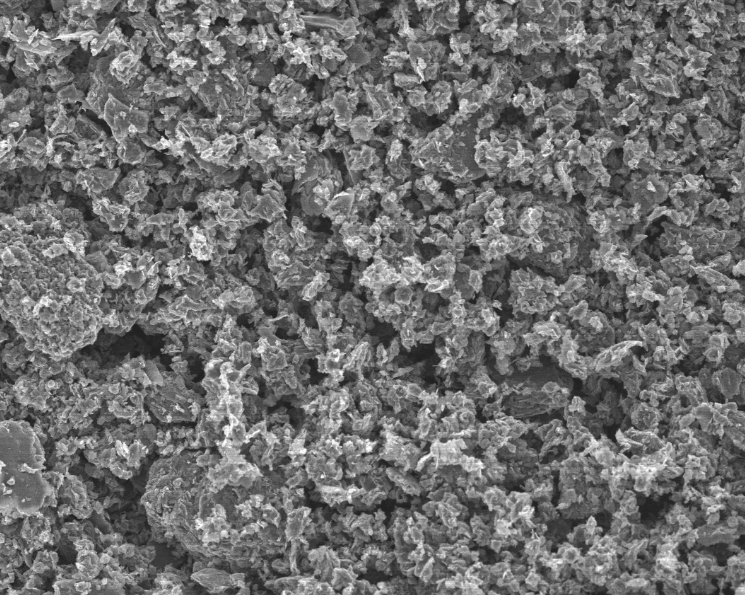Treated Carbon Pulls Radioactive Elements From Water
Published on by Naizam (Nai) Jaffer, Municipal Operations Manager (Water, Wastewater, Stormwater, Roads, & Parks) in Academic
Researchers at Rice, Kazan universities develop unique sorbents, targeting Fukushima accident site.
 Researchers at Rice University and Kazan Federal University in Russia have found a way to extract radioactivity from water and said their discovery could help purify the hundreds of millions of gallons of contaminated water stored after the Fukushima nuclear plant accident.
Researchers at Rice University and Kazan Federal University in Russia have found a way to extract radioactivity from water and said their discovery could help purify the hundreds of millions of gallons of contaminated water stored after the Fukushima nuclear plant accident.
They reported that their oxidatively modified carbon (OMC) material is inexpensive and highly efficient at absorbing radioactive metal cations, including cesium and strontium, toxic elements released into the environment when the Fukushima plant melted down after an earthquake and tsunami in March 2011.
OMC can easily trap common radioactive elements found in water floods from oil extraction, such as uranium, thorium and radium, said Rice chemist James Tour, who led the project with Ayrat Dimiev, a former postdoctoral researcher in his lab and now a research professor at Kazan Federal University.
The material makes good use of the porous nature of two specific sources of carbon, Tour said. One is an inexpensive, coke-derived powder known as C-seal F, used by the oil industry as an additive to drilling fluids. The other is a naturally occurring, carbon-heavy mineral called shungite found mainly in Russia.
The results appear this month in Carbon.
Tour and researchers at Lomonosov Moscow State University had already demonstrated a method to remove radionuclides from water using graphene oxide as a sorbent, as reported in Solvent Extraction and Ion Exchange late last year, but the new research suggests OMC is easier and far less expensive to process.
Treating the carbon particles with oxidizing chemicals increased their surface areas and “decorated” them with the oxygen molecules needed to adsorb the toxic metals. The particles were between 10 and 80 microns wide.
While graphene oxide excelled at removing strontium, Tour said, the two types of OMC were better at extracting cesium, which he said has been the hardest element to remove from water stored at Fukushima. The OMC was also much easier and less expensive to synthesize and to use in a standard filtration system, he said.
“We know we can use graphene oxide to trap the light radioactive elements of relevance to the Fukushima cleanup, namely cesium and strontium,” Tour said. “But in the second study, we learned we can move from graphene oxide, which remains more expensive and harder to make, to really cheap oxidized coke and related carbons to trap these elements.”
While other materials used for remediation of radioactive waste need to be stored with the waste they capture, carbon presents a distinct advantage, he said. “Carbon that has captured the elements can be burned in a nuclear incinerator, leaving only a very small amount of radioactive ash that’s much easier to store,” Tour said.

C-seal F, a carbon source, magnified 200 times reveals its high surface area of 12.5 square meters per grams.
“Just passing contaminated water through OMC filters will extract the radioactive elements and permit safe discharge to the ocean,” he said. “This could be a major advance for the cleanup effort at Fukushima.”
Co-authors of the paper are Artur Khannanov, Vadim Nekljudov, Bulat Gareev and Airat Kiiamov, all of Kazan Federal University. Tour is the T.T. and W.F. Chao Chair in Chemistry as well as a professor of computer science and of materials science and nanoengineering at Rice. The Russian Government Program of Competitive Growth of Kazan Federal University supported the research.
For more details see: RICE
Media
Taxonomy
- Purification
- Decontamination
- Contaminant Removal
- Disaster Relief
- Pollution
- Contaminants
- Pollution
- Disaster Management